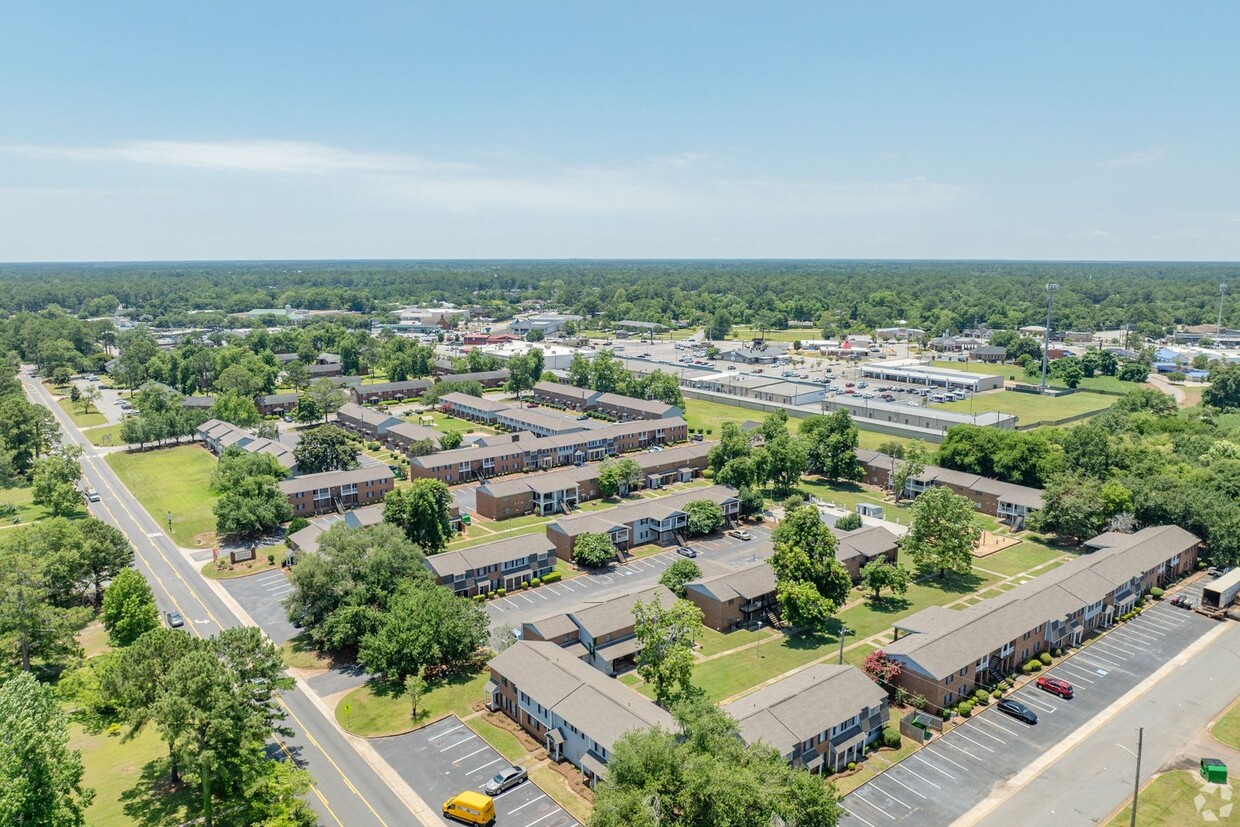5 Challenges to Overcome When Investing in Multi-Family Real Estate
Often when we think about multi-family real estate investing, we think about all the “shiny” aspects of it: the scalability, the ability to invest large sums of money, the opportunity to force an asset to appreciate and much more. Indeed, all of this is possible and best of all what that means for us as investors, is the ability to build incredible wealth with great tax benefits. we would be lying if we said we’ve fully tapped into all the benefits of this asset class, though through some first-hand experience and seeing what some of my closest peers have been able to accomplish we can say with 100% certainty that there are many challenges associated with this investment.
1. Time Commitment: Unlike other forms of habitational real estate, multifamily investing is not passive (well, it can be). We’ve seen many who started invested in single family. There’s certainly overlap when investing in these two assets, however, multifamily involves significantly more strategy and oversight to be an effective operator of an asset. Even when you have a third-party manager to manage the day-to-day operations, there’s still a good amount of work that you’d want to do to be an effective owner/ operator. You’ll need to manage the manager, assist in making key decisions (rental rates, unit turns, when to evict, when to fine residents, major capex, and most importantly building a sustainable culture within the apartment complex). While one of these items, in and of itself, will not create a ton of work, in aggregate it takes time and when you factor in multiple apartments communities, it will be a handful. As such, if your goal is to operate multifamily real estate, know that it is not a passive activity. That said if you like the concept of multifamily, the benefits associated with it, but don’t have the time/ would rather use your time for other activities, there is the ability to invest capital in with operators in what will allow you to invest “passively”. This is one of the coolest aspects of multifamily; you can have the best of both worlds.
2. Finding Deals: If only it was as easy as looking on Zillow calling the listing agent and submitting an offer. While technically that is possible, it’s highly unlikely. In any given market there are only so many brokers that handle a vast majority of the apartment deals. It takes months even years to establish a rapport and build credibility. Just like a plant, time is needed for that seed to grow and in this instance, quality deals to present themselves. For us, it took a year and a half. For some it might be 6 months. Deals can also be had by going direct to owners, we have had success with this, but from experience there seems to be somewhat of an art to the execution of this method rather than science. Through trying different calling scripts, language in letters, and text message templates, you can figure out what works best for contacting owners. All this to say, figuring it out takes time and cannot be had overnight.
3. Funding Acquisitions: But I don’t have $10M. The good news is for a deal of that size or really any size for that matter, the capital stack can be structured in such a way where it’s possible to spearhead a deal for limited to no capital exposure through methods such as seller financing and master lease options. In the current seller’s market, however, owners aren’t as motivated to structure deals in this manner. As such, many buyers use sources of such as bank debt, bridge loans, hard money or Freddie Mac/ Fannie Mac agency products. At minimum, a deal will require 20% of the purchase price to be paid in the form of a down payment, however, with reserves and rehab budgets needed, the amount of capital needed for a project can be closer to 30-50%. At a $10M purchase price that’s still a lot of capital, for which most don’t have. That’s where the power of partnerships through the likes of Joint Ventures and Syndications can make funding deals seamless. Through one’s network, multiple people can take down larger deals. There are many requirements that lenders may have including net worth and liquidity as personally guaranteeing loans (and many others), however, with the right partners, anything is achievable.
4. Selecting the Right Market(s):It is very easy to have your eyes on several “hot” attractive markets. But determining which market(s) you’re going to focus on is key. What are your ties to a given market? Do you live in it? Is it easily accessible? If you don’t currently live there, do you want to move there? Are there jobs being created? What are the demographics within? Is the area flood prone? What does crime look like? The list goes on and on but hopefully the point is clear that there is a lot to consider and it’s important to figure out which of these are important when evaluating your investment criteria. There is nothing wrong with looking at multiple markets at once, however, without the right team looking at 5-10 markets at once will be a challenge. Starting with 1-2 may end up being a much better use of time rather than going too wide and not deep enough in a given market.
5. You Don’t Always Win/ Make Money: This is not just multifamily, but investing as a whole. Often times you see all the wins associated with apartment deals, but what about the losses, they have to occur too, right? In the current market, with low interest rates, continued cap rate compression, and astronomical rent increases (leading to increases in valuations) it is hard to lose. Investors have made fortunes on bets that have paid off because of where we are in the current market cycle. That said, we really don’t hear a ton about those who were investing around 2005-2010, that’s because it’s more likely than not the folks who were investing then didn’t make money, potentially losing some or all of their capitals. Inevitably, interest rates will go up which will have an effect on how deals trade. While it seems unlikely that another financial collapse similar to 07-08 occurs in the near future, changes to interest rates, increases in operating expenses, inability to source labor, and large sums of capital expenditures (such as, HVAC’s, plumbing, roofs, electrical, etc.) are all factors that have the potential to force owners into selling, potentially at losses in the future. Obviously, this is speculative, however, the takeaway should be the importance of stress testing a business plan while underwriting and during due diligence. Ignoring these potential hurdles without a plan to resolve can lead to large losses down the road.
The bullets above lay out potential headwinds faced when investing in apartments. There is certainly many positives to it, as when done right, has the ability to change the trajectory of one’s life, as mentioned earlier. However, to get there it is key to surround oneself with experienced/ motivated folks, some of who that have been there and done that. Being able to level up through the right mentors and leaders is what allows one to achieve success in their multi-family business.
Conclusion
In conclusion, real estate remains a reliable and solid investment choice for those looking to expand their portfolio. Even in the face of global uncertainty, savvy investors can make decisions based on sound research and analysis to maximize their returns from real estate investments. With multiple options available for diversifying your interests and reducing risk exposure, investing in real estate is certainly worth considering if you are looking for steady long-term growth that will last over time.
At SIMM Capital our investment strategy is to seek the best assets that hold the largest opportunities to improve on management and value, delivering in rent growth year over year that will result in cash out refinance events and high-quality returns. To learn more on how we can help you click the link www.simminc.com




Recent comments